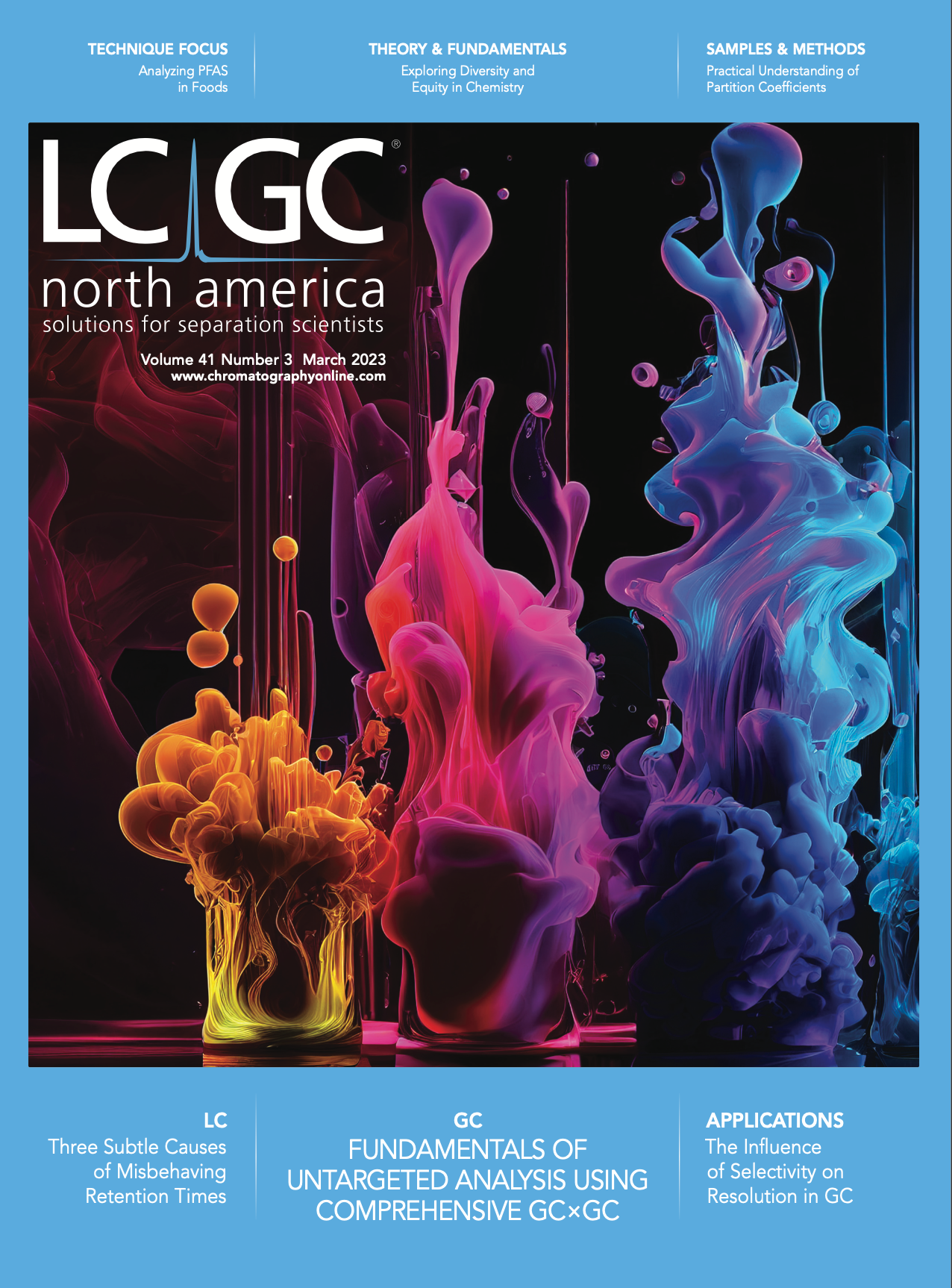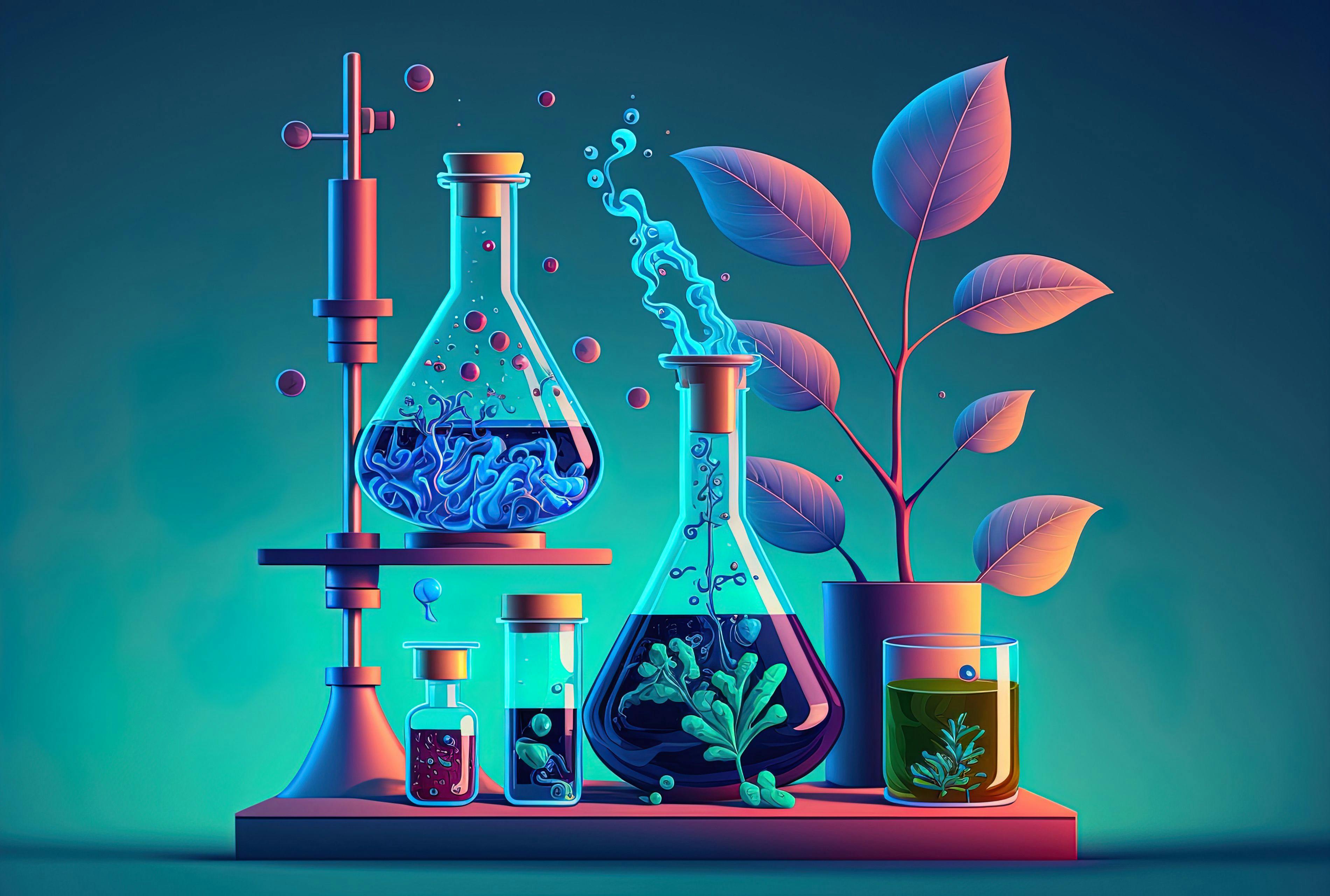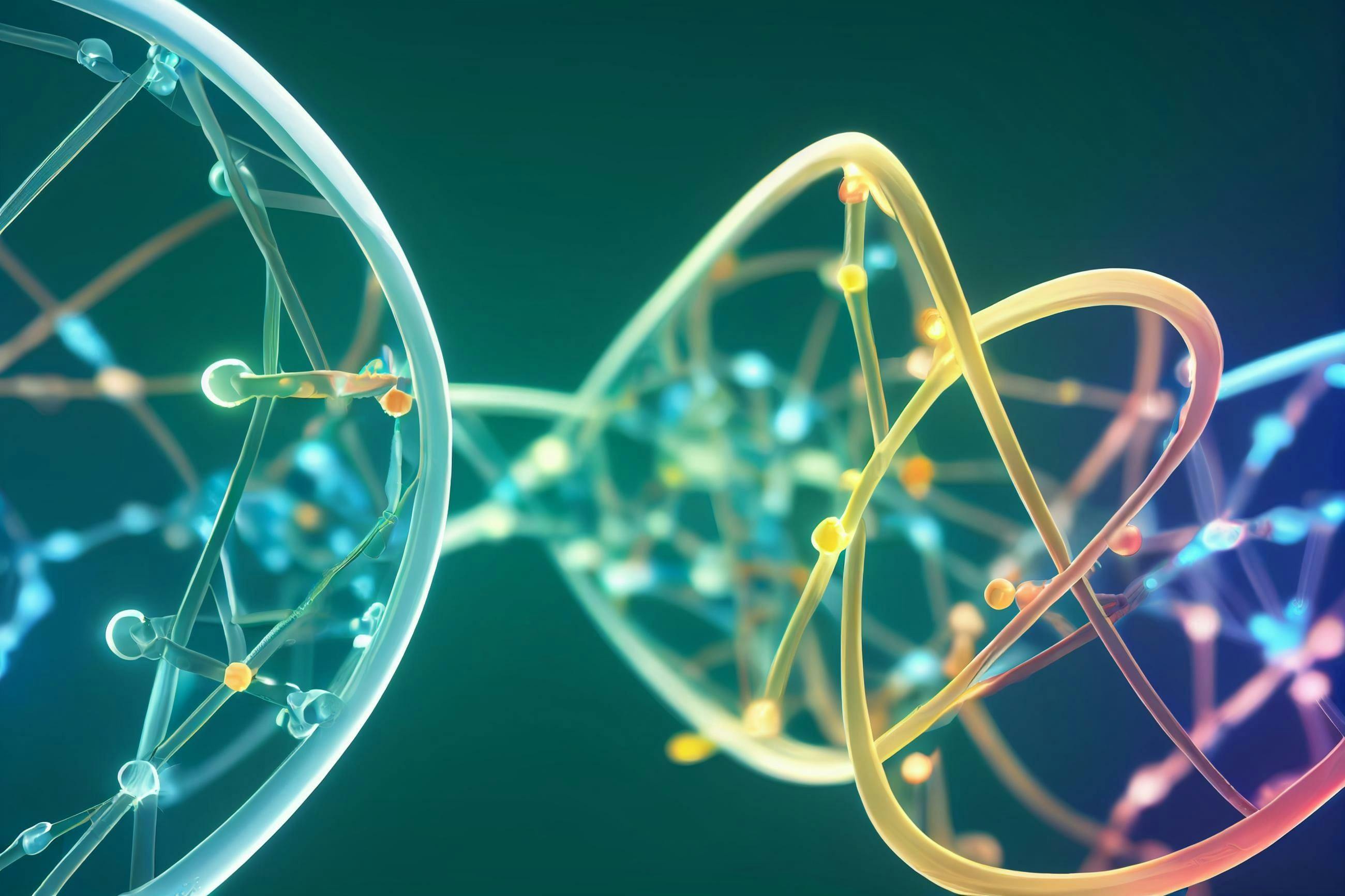Efforts to Increase Diversity and Equity in Introductory Chemistry
I recently read a paper in the Journal of Chemical Education that cited some statistics regarding diversity among chemists. White and coworkers reported that “only 6.2% of chemists and materials scientists, chemical engineers, and chemical technicians identified as Black or African American, and only 7.0% identified as Hispanic or Latinx, percentages that are far lower than in their total U.S. populations” (1). The data is not broken down by subdiscipline, but I would imagine the representation in the separations community is quite similar.
I have been reading about diversity, equity, and inclusion (DEI) in introductory science, technology, engineering, and math (STEM) courses for several years now. So I guess these numbers shouldn’t have been quite as shocking to me as they were. I know that racially minoritized students express interest in STEM at the same rate as their white peers, yet do not persist at the same rate through STEM courses and majors. In fact, national trends show that only 14.7% of STEM bachelor’s degrees are awarded to minoritized students (1). At many institutions, the DFW rate (the percentage of students that earn a D or F grade or withdraw from a course) in introductory STEM courses is higher for minoritized students than it is for white or Asian populations. First generation students also are more likely to feel excluded and struggle in introductory courses.
The problem has long been thought to be the students—that is, that students who have a stronger background or are highly motivated to learn can be successful, while those with weaker backgrounds may not be able to rise to the rigor of STEM courses. As Wilson-Kennedy and coauthors stated clearly in their 2020 article (2):
“We need to move beyond traditional arguments of merit and preparedness to start to question how these individuals experience our institutions in the classroom, the research laboratory, and the scientific culture.”
The article goes on to propose, like many other experts in DEI practices, that we must investigate the role of bias, marginalization, systematic racism, and microaggressions to create an inclusive and welcoming environ- ment in our classrooms and laboratories.
The problem is not our students. The problem is how students are experiencing our classrooms. Equitable and inclusive foundational courses are needed for all students, regardless of preparation and background, to thrive and learn. The aforementioned Wilson-Kennedy paper, along with David Asai’s informative manuscript (3), are valuable resources for scientists wanting to learn more about structural inequities in STEM education.
Thankfully, folks in higher education are paying attention. I know from attending ACS workshops geared toward department chairs that many institutions are evaluating the inclusivity of their introductory sequences. Workshops and conferences devoted to discussion of diversity, equity, inclusion, and racism in science are now easy to find. Many institutions have DEI offices. Some institutions, like mine, have Deans of Faculty who are gently pushing faculty to evaluate their instructor mindset, their classroom ecology, and their curricular practices. Most academic chemists have little formal training in education. We learn by our own practice, by reading the literature, and through discussion of best practices with other educators. It is now time for us to take on the important work of increasing the diversity of our field by making our classrooms more inclusive and equitable.
Knowing the problem exists and creating a solution to it are entirely different. There is no magic wand that can be waved to completely fix the issues of systematic injustice overnight. There are, however, many reports of small to medium-scale changes that can begin to address equity issues in the classroom. Change in academia is slow, and even can be quite hard at times. This work is no different. Increasing inclusivity and equity in chemistry will require a positive instructor mindset, one of growth of the discipline. It will require invention and trials. It will involve exploration. I have begun to think about this work as a summative process, that with each paper read, each intervention implemented, and each student that achieves their goals, we are inching our way to a more diverse group of chemists, analytical chemists, separation scientists. And while that work may be slow and the road long, the end goal is too important to not try.
References
(1) White, K. N.; Vincent-Layton, K.; Villarreal, B. Equitable and Inclusive Practices Designed to Reduce Equity Gaps in Undergraduate Chemistry Courses. J. Chem. Educ. 2021, 98, 330–339. DOI: 10.1021/acs.jchemed.0c01094
(2) Wilson-Kennedy, Z. S.; Paton-Steward, F.; Winfield, L .L. Toward Intentional Diversity, Equity, and Respect in Chemistry Research and Practice. J. Chem. Educ. 2020, 97, 2041–2044. DOI: 10.1021/acs.jchemed.0c00963
(3) Asai, D. J. Race Matters. Cell 2020, 181, 754–757. DOI: 10.1016/j.cell.2020.03.044
Amber Hupp is an Associate Professor of Chemistry at the College of the Holy Cross in Worcester, Massachusetts. Direct correspondence to: ahupp@holycross.edu

The 2025 Lifetime Achievement and Emerging Leader in Chromatography Awards
February 11th 2025Christopher A. Pohl and Katelynn A. Perrault Uptmor are the winners of the 18th annual LCGC Lifetime Achievement and Emerging Leader in Chromatography Awards, respectively. The LCGC Awards honor the work of talented separation scientists at different stages in their career (See Table I, accessible through the QR code at the end of the article). The award winners will be honored during an oral symposium at the Pittcon 2025 conference held March 1-5, in Boston, Massachusetts.
USP CEO Discusses Quality and Partnership in Pharma
December 11th 2024Ronald Piervincenzi, chief executive officer of the United States Pharmacoepia, focused on how collaboration and component quality can improve worldwide pharmaceutical production standards during a lecture at the Eastern Analytical Symposium (EAS) last month.






